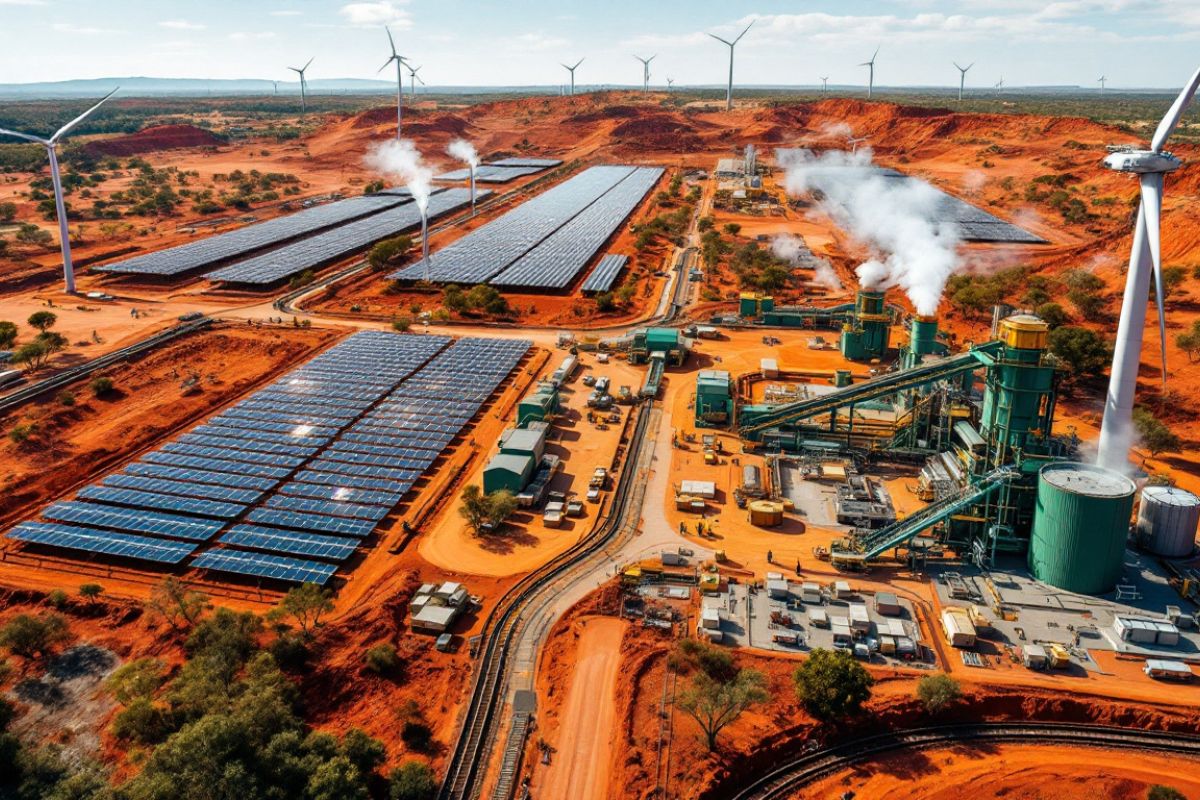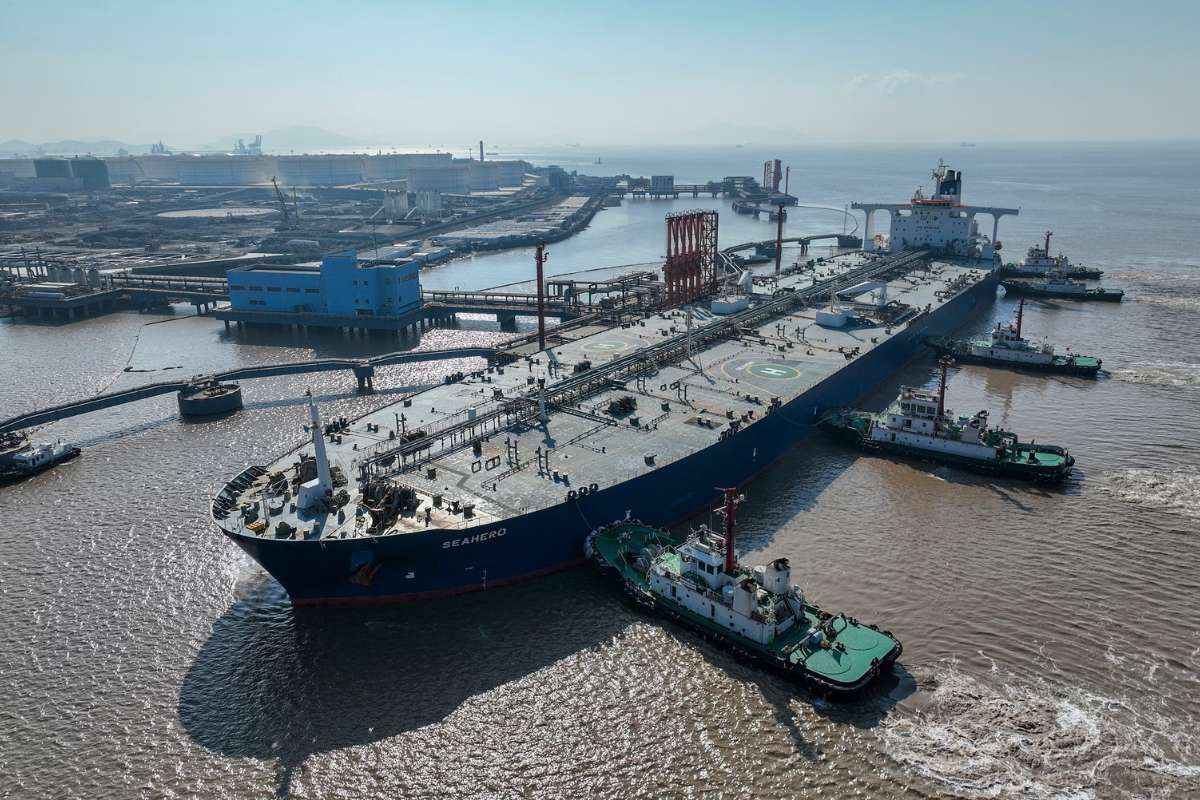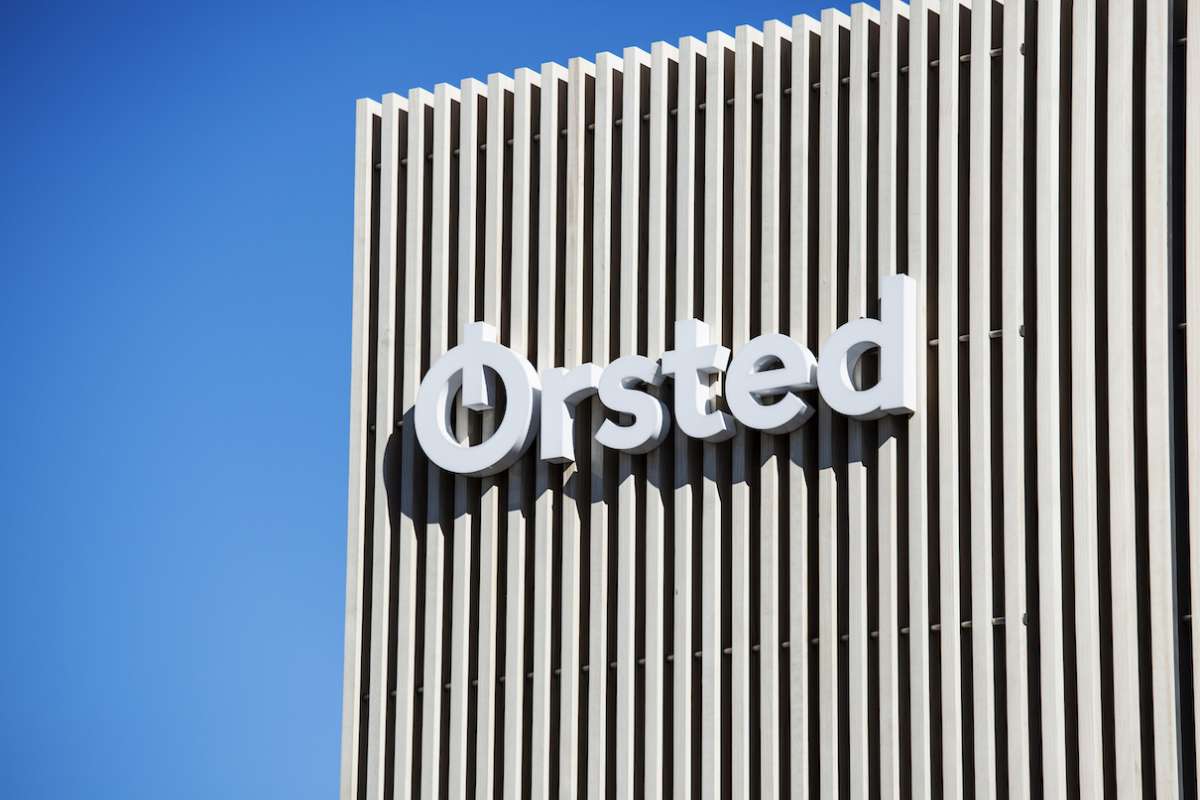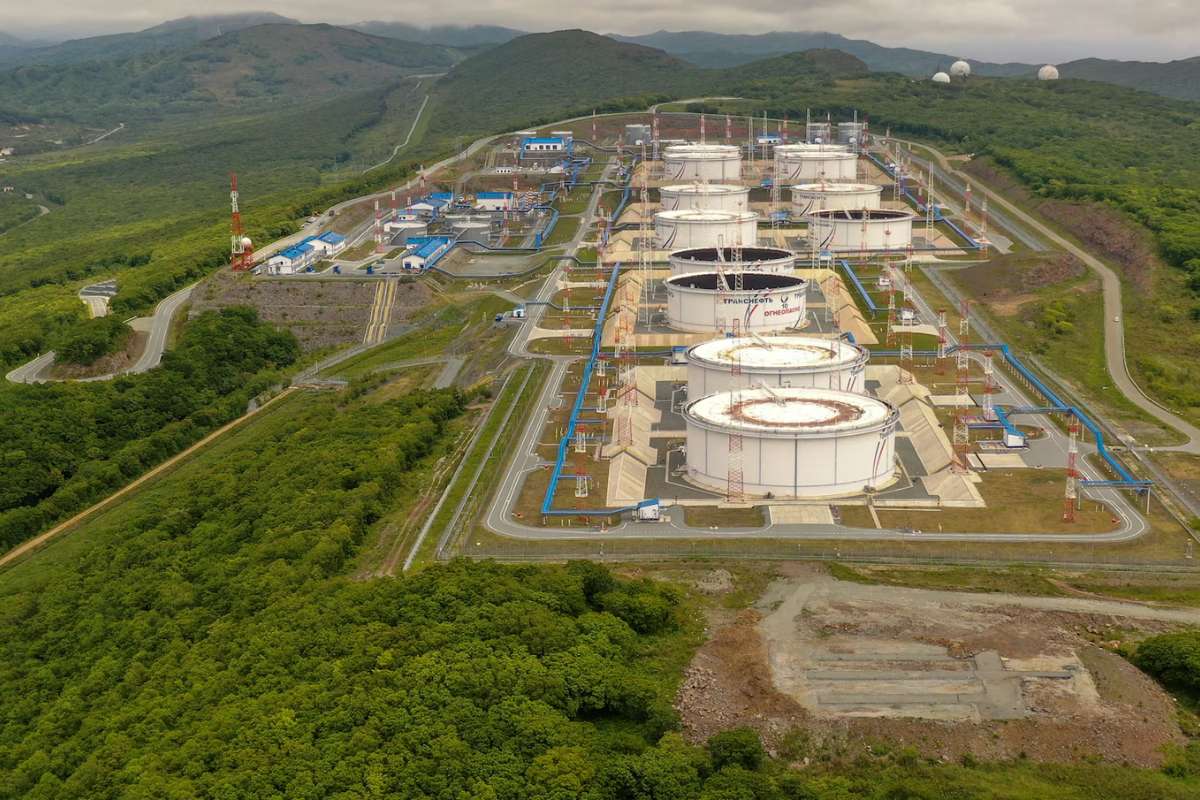Key Points:
- Australia targets green exports of low-emission metals and fuels.
- Local production benefits from strong renewables and high energy transport costs.
- Green output may cut global emissions 10% and transform industry.
CANBERRA, Australia (Aug. 11, 2025)—Australia green energy initiatives are driving efforts to expand its role in the global renewable energy market through large-scale production of green iron, aluminum, transport fuels, and fertilizers. The shift is designed to capitalize on the nation’s high-quality solar and wind resources to produce energy-intensive goods with lower carbon footprints.
Industry analysts say the change reflects a growing trend in the global energy sector, where the economics of renewable production favor local processing over raw material exports. In the fossil fuel era, materials such as iron ore and coal could be transported cheaply to overseas manufacturing hubs. By contrast, renewable energy and green hydrogen, essential to producing low-emission metals and fuels, are more costly to ship, making domestic manufacturing more viable.
Renewable Resources Drive Production Potential
Australia’s solar and wind availability factors rank among the highest in the world, allowing for consistent, large-scale renewable generation. This energy can be used directly in the production of energy-intensive commodities, reducing reliance on fossil fuels in manufacturing processes.
In particular, the production of green iron, steel made without coking coal, offers a significant opportunity. Hydrogen produced from renewable power replaces coal in the process, cutting emissions associated with traditional steelmaking. Similar methods are being developed for aluminum smelting and fertilizer production, where renewable-powered electrolysis can replace conventional, fossil-based energy sources.
Impact on the Global Energy Market
By manufacturing these products domestically, Australia green energy could supply industries worldwide that are seeking to decarbonize. Energy-intensive sectors such as construction, automotive manufacturing, and agriculture are expected to increase demand for low-emission materials as countries and corporations adopt stricter sustainability targets.
Industry forecasts suggest that Australian green energy commodities could help lower global emissions by up to 10% if deployed at scale. This would position the country as a key supplier in the emerging low-carbon economy, complementing rather than competing with other renewable exporters.
Economic and Industrial Shifts in the Energy Sector
For the domestic energy sector, the move toward energy-intensive green exports represents a structural shift. Large-scale renewable projects would be integrated with industrial manufacturing facilities, creating new demand for grid infrastructure, energy storage, and hydrogen production systems.
The approach also encourages co-location of renewable generation and manufacturing plants, reducing transmission losses and improving overall energy efficiency. In regions with concentrated renewable resources, particularly in Western Australia, South Australia, and Queensland, such developments could create new industrial hubs centered around clean energy production.
As renewable technology costs continue to decline, analysts expect the economics of local production to become more favorable. The combination of abundant resources, technological advances, and increasing global demand for low-emission goods places Australia green energy is a strong position to expand its footprint in the global energy trade.
Visit Oil Gas Energy Magazine for the most recent information.












